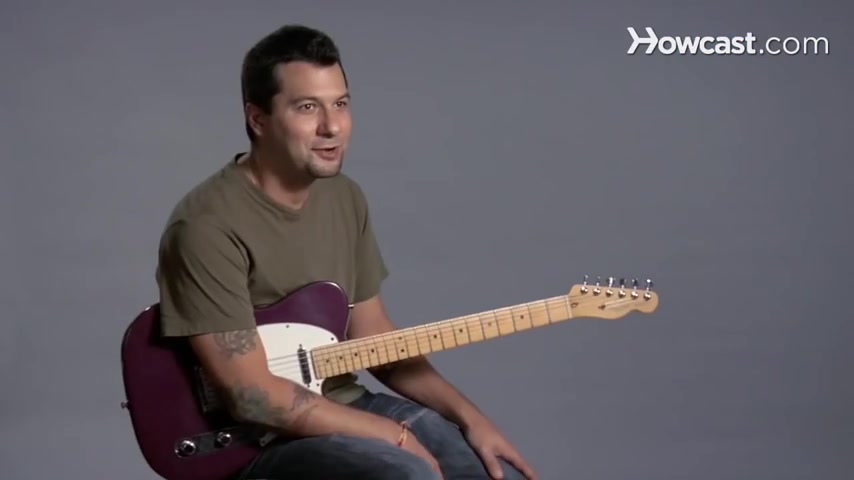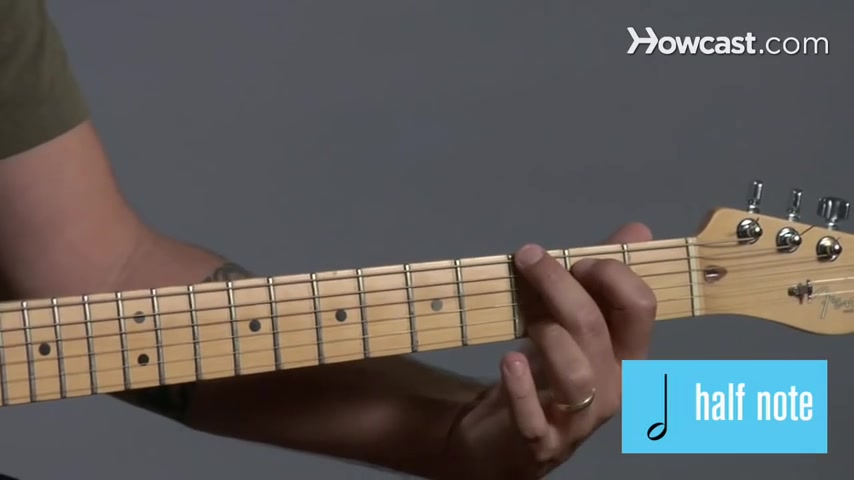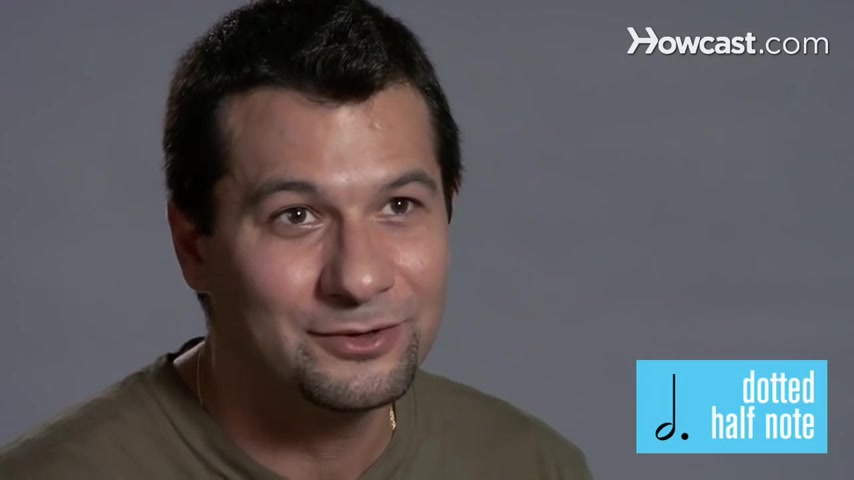https://www.youtube.com/watch?v=yKdqprCnGjM
How to Play a Basic Rhythm _ Guitar Lessons

Yeah , let's talk about basic rhythm , right ?
You're gonna hear a lot of terms .
Maybe you remember some of them from grade school whole notes , half notes , quarter notes and then a special one called dotted half notes .
Let's start with whole notes .
So whole notes whole , right ?
We have to remember that because this equals four beats for us .
So all that means is I'm gonna play the first beat and let it ring 234 , right ?
And then I gotta do something else .
So 12341 , 23 , 41234 .
Right ?
So all I'm doing is playing our chords ge minor C and D right on the first beat and letting it ring for four .
So now I can break that in half , right ?
And that's called a half note .
So half of the hole .
So the hole used to be 4.5 is now two .

So all that requires is I'm gonna play every chord for two beats .
I'm going 12 , 12 or you can say 123 , four , right ?
One 234 or 12 , 12 .
All right .
The next one we could talk about is quarter notes .
So a quarter of the whole , the whole was four quarter is one , all that means is I'm gonna play on every single beat one two , 34123 4123 , 1234 .
And then last , let's talk about dotted half note .
Now the dot does something special to every note .
What the dot does is it takes half of the value of the note .
In this case , we're talking about a dotted half note , right ?
So half , if you remember is two beats , right ?

So we're taking half of that , which is one and we're gonna add it back to the original note value .
So dotted half note equals three beats , right ?
Two plus half of itself , one equals three beats .
And we're just gonna play a chord and let it ring for three beats .
One , 23123123123 .
And there you go .
Simple rhythm .
Are you looking for a way to reach a wider audience and get more views on your videos?
Our innovative video to text transcribing service can help you do just that.
We provide accurate transcriptions of your videos along with visual content that will help you attract new viewers and keep them engaged. Plus, our data analytics and ad campaign tools can help you monetize your content and maximize your revenue.
Let's partner up and take your video content to the next level!
Contact us today to learn more.